What makes a bird feeder smart? And why would you want the feeder to be smart?
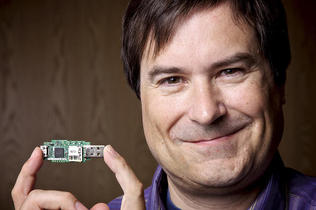
These days when we talk about smart technology we're referring to range of microcontroller boards that can be configured to perform a variety of functions. For example: they can be coupled with sensors to read any number of varaibles (like temperature or moisture or motion), or to store information. And a bunch of other things too. These microcontrollers can be programmed to communicate with other microcontrollers to perform complex actions and transmit information wirelessly from the devices to a computer some distance away.
What do we want the bird feed to do?
We have a lot of choices. I would say they all probably start with wanting to know when a bird arrives to feed. What do you think?
How would our smart technology know? Well, there are many different kinds of sensors. They can sense temperature, distance, weight, motion and so on. Sensors can be controlled by microcontrollers like the Arduino.
We have a lot of choices. I would say they all probably start with wanting to know when a bird arrives to feed. What do you think?
How would our smart technology know? Well, there are many different kinds of sensors. They can sense temperature, distance, weight, motion and so on. Sensors can be controlled by microcontrollers like the Arduino.
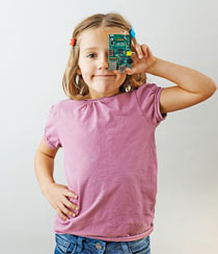 Young girl holds tiny Raspberry Pi micro computer
Young girl holds tiny Raspberry Pi micro computer Arduino can be used to develop interactive objects, taking inputs from a variety of switches or sensors, and control a variety of lights, motors, and other physical outputs. There are other microcontrollers that can do that too. Raspberrry Pi Is one of them.
Raspberry Pi
We'll be learning a lot about Raspberry Pi because it is quite unique and very powerful. It has the functionality of a single board complete computer, but it's the size of a credit card and costs $35.
The Raspberry Pi can plug into your flat panel screen and a keyboard. It is a capable little computer that can be made to display high definition video and can be used in all manner of electronics projects. It was developed in the the United Kingdom with the intention of promoting the teaching of basic computer science in school. Much to the surprise of the the school teacher who invented the Pi, it has become a tremendous success worldwide! He thought if 10,000 were sold that would be a lot. Raspberrly Pi first went public in 2012 and by early May, 2014, three million Pi has shipped.
What other smart features will your bird feeder need to be useful?
Okay, so let's imagine we have decided what sensor variable or variables will be needed to detect a bird landing on the feeder. And we have reserched various microcontrollers and have determined what technology we need - like the Arduino for example, to manage the sensor data. And, we have built all this technology into our birdhouse. Does this mean we're done? What are your ideas for smart features?
You're right, there's more to know. Suppose we were sitting in our house by our computer and our new bird feeder was in the yard all hooked up to it's built-in Arduino board with a motion sensor. (We haven't talked about the powering this equipment yet so let's just assume that somehow our gear has battery power.) Now imagine that a bird landed and began to eat. If we were sitting in our house and couldn't see the feeder through the window, would we be able to tell what's going on?
Raspberry Pi
We'll be learning a lot about Raspberry Pi because it is quite unique and very powerful. It has the functionality of a single board complete computer, but it's the size of a credit card and costs $35.
The Raspberry Pi can plug into your flat panel screen and a keyboard. It is a capable little computer that can be made to display high definition video and can be used in all manner of electronics projects. It was developed in the the United Kingdom with the intention of promoting the teaching of basic computer science in school. Much to the surprise of the the school teacher who invented the Pi, it has become a tremendous success worldwide! He thought if 10,000 were sold that would be a lot. Raspberrly Pi first went public in 2012 and by early May, 2014, three million Pi has shipped.
What other smart features will your bird feeder need to be useful?
Okay, so let's imagine we have decided what sensor variable or variables will be needed to detect a bird landing on the feeder. And we have reserched various microcontrollers and have determined what technology we need - like the Arduino for example, to manage the sensor data. And, we have built all this technology into our birdhouse. Does this mean we're done? What are your ideas for smart features?
You're right, there's more to know. Suppose we were sitting in our house by our computer and our new bird feeder was in the yard all hooked up to it's built-in Arduino board with a motion sensor. (We haven't talked about the powering this equipment yet so let's just assume that somehow our gear has battery power.) Now imagine that a bird landed and began to eat. If we were sitting in our house and couldn't see the feeder through the window, would we be able to tell what's going on?
The answer, of course, is no. Smart technology really isn't that smart. It can't guess what we want it to do. It can only do exactly what we tell it to do. So far we haven't even decided what information we want to have delivered to our computer. We need to go the rest of the way to enable our bird feeder able to deliver interesting information.
Here we have a number of choices. I think we can agree that we want to know a bird has landed, right? But what kind of information do we want? Should it be a text message or Tweet? Or sounds? Or pictures, or even video. What do you think?
We're going to spend a fair amount of time together brainstorming on all this when we're together, but you should be thinking about it before we meet.
The process of arriving at the answers to these questions is the same as we have been learning for all of design processes. We need to decide what form the information we want takes and reseach the technology to determine if it can be done, how complicated it is (which will have an effect on how much it costs), who makes the needed bits and pieces, and what is involved in making them work together. I can tell you it is not easy, but it is definitely something you can learn!
Here we have a number of choices. I think we can agree that we want to know a bird has landed, right? But what kind of information do we want? Should it be a text message or Tweet? Or sounds? Or pictures, or even video. What do you think?
We're going to spend a fair amount of time together brainstorming on all this when we're together, but you should be thinking about it before we meet.
The process of arriving at the answers to these questions is the same as we have been learning for all of design processes. We need to decide what form the information we want takes and reseach the technology to determine if it can be done, how complicated it is (which will have an effect on how much it costs), who makes the needed bits and pieces, and what is involved in making them work together. I can tell you it is not easy, but it is definitely something you can learn!
I can say pretty confidentally that there will be more that one
piece of hardware so part of the project will be to write instructions to the microcontrollers so they are able to communicate with each other and with our computer and relay the instructions needed to carry out our plan. If you didn't know, this is called programming.
piece of hardware so part of the project will be to write instructions to the microcontrollers so they are able to communicate with each other and with our computer and relay the instructions needed to carry out our plan. If you didn't know, this is called programming.
An amazing example of thinking different
It's going to be really hard to equal, much less surpass this terrific bird house project done in Norway by a professional still photographer and set designer. It's been a three months long live broadcast from the Norwegian Broadcasting Corporation, NRK, called The Piip-Show and people are loving it.
They built a little "set" decorated to look like a miniture coffee bar. The bird seed is hidden behind the counter. To follow life inside the coffee bar, take a look at the video below. It is hilarious!
Highlights from Piip-show . . . Piip means "Beep" in English
Highlights from Piip-show . . . Piip means "Beep" in English
Below is another video by the same team. This time they built a set to look like the inside of a home for people with wallpaper and pictures on the wall, but the occupants are birds. Amazing and so interesting. And funny!
NRK Piip-Show: The great tit chicks are leaving the building
NRK Piip-Show: The great tit chicks are leaving the building
What kind of camera would be good as a feeder-cam?
Like the Piip Show video, let's say you wanted to make videos (or take still pictures) of your bird feeder in action. What are some important the properties the camera would need have to be a good choice to use in the project?
Like the Piip Show video, let's say you wanted to make videos (or take still pictures) of your bird feeder in action. What are some important the properties the camera would need have to be a good choice to use in the project?
How would your research the best cameras for your project?

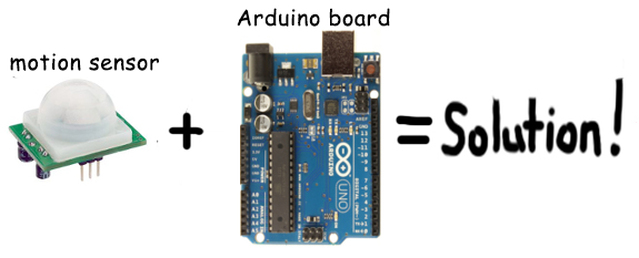
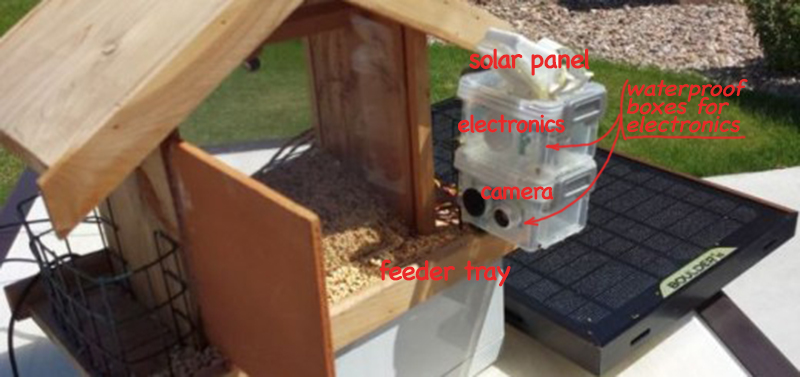
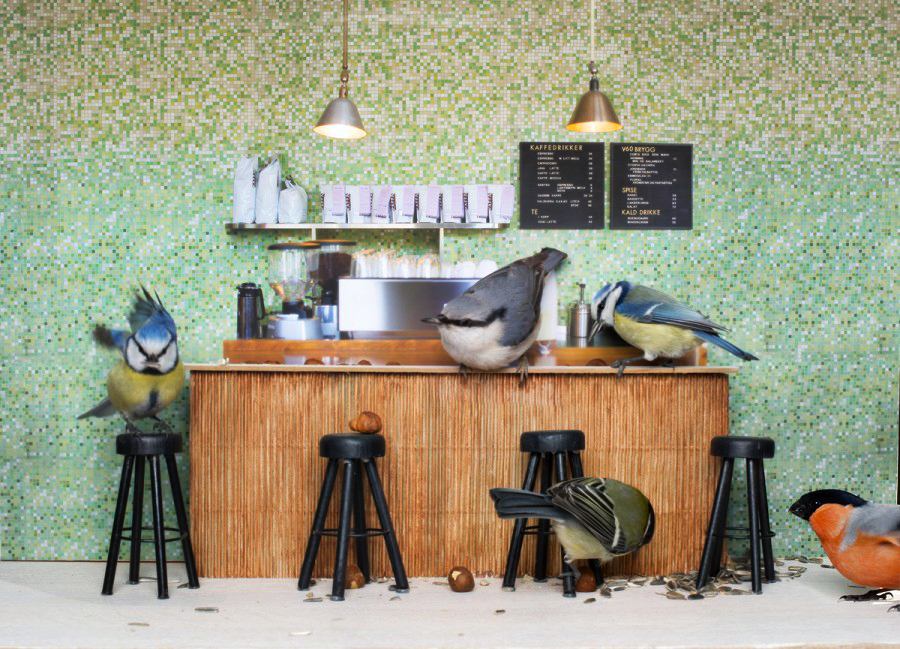
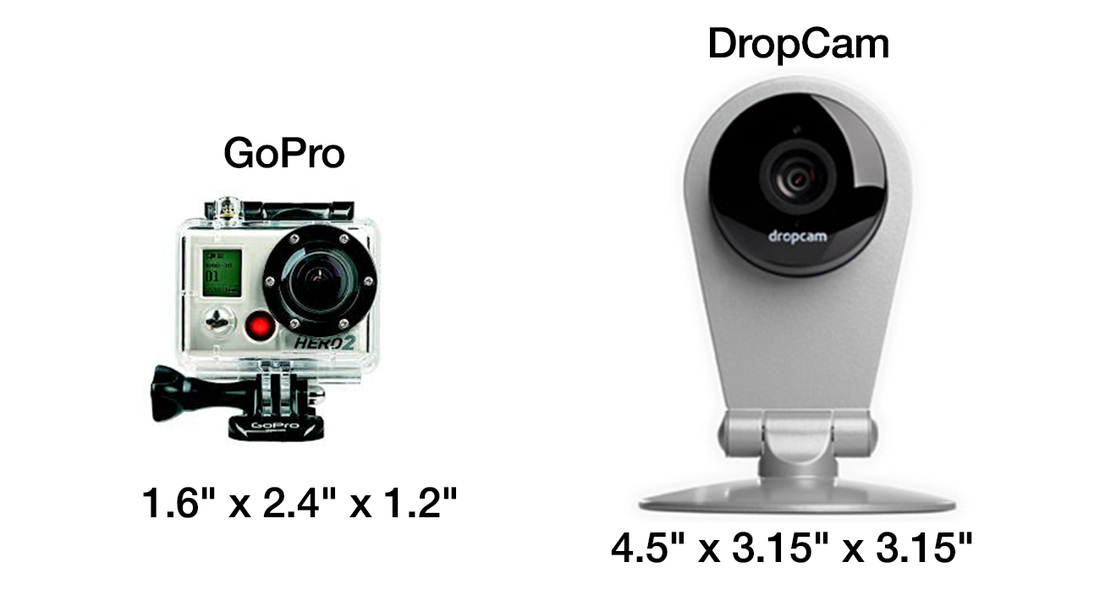
 RSS Feed
RSS Feed